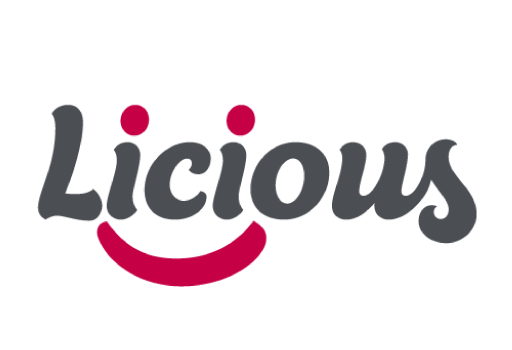This decade has seen technology revolutionise our life. It also hosts one of the most controversial switches in our healthy diet. In the past FATS were considered the monsters of ill health. Today FAT has been re-instated as a champion for better health and the burden of ill-health has been cast upon the SUGARS and processed foods we eat.
Scientifically in the past there was a specific concern about saturated fats eventually mutated into a generalized panic about all types of fat. In the 1980s, the official US dietary guidelines began warning people to cut their total fat intake. Those warnings helped spur the “low-fat” diet craze over the past couple of decades.
Today the conventional wisdom is shifting yet again. Some critics now argue that saturated fat isn’t actually that bad for you, and that we all made a terrible mistake switching to low-fat diets that were higher in sugar. In 2014, the former New York Times food writer Mark Bittman declared, “Butter is back,” going through the research on how saturated fat wasn’t nearly as harmful as we thought and arguing that we should ditch artificial foods (like margarine) in favor of natural foods (like meat, butter).
Dr. Walter Willett, Professor of Epidemiology and Nutrition and Chair of the Department of Nutrition at Harvard T.H. Chan School of Public Health said this about the new Guidelines:
Another important positive change is the removal of an upper limit for total dietary fat, and a greater emphasis on consuming certain types of fat. The guidelines recommend a limit of 10% of daily calories for saturated fat, and that saturated fat be replaced with unsaturated and especially polyunsaturated fat. It basically says that we should eat a low saturated fat diet rather than simply a low-fat diet.
In India, Ryan Fernando, a Clinical Biochemist and Chief Nutritionist of QUA NUTRITION CLINICS says “We are closely observing the guidelines released by the Americans. The National Institute of Nutrition is yet to release their revised guidelines for the Indian Population. As such, when we advise clients, we look at blood profiles, family history and Genetic tests with relation to FAT absorption and Metabolism. This individualised NUTRITION GUIDELINES allows us to recommend both white and red meat to our clients for their protein intakes. Our key battle in India is with Sugar and diabetes and eating healthy fats from both plant and animal sources is advised. By doing this we are keeping our clients healthy and allowing us to pander to their taste buds and cultural cuisines.”Another important positive change is the removal of an upper limit for total dietary fat, and a greater emphasis on consuming certain types of fat. The guidelines recommend a limit of 10% of daily calories for saturated fat, and that saturated fat be replaced with unsaturated and especially polyunsaturated fat. It basically says that we should eat a low saturated fat diet rather than simply a low-fat diet.
Remember:
- Saturated Fats are now being recommended as part of a healthy balanced diet
- Consume less than 10 percent of calories per day from saturated fats
- Sugar is the New Culprit, with restriction being imposed at no more than 10% of calories from it
- Buy LEANER CUTS of meat which are healthier
- Plan your overall diet with a Nutritionist to eat healthier
So you can look at eating Fish, Chicken, Lamb, Mutton and other exotic meats. Know your meat better. Choose cleaner and leaner cuts. Prepare dishes that use limited oil so you can enjoy the fat from the meats. Grill, Bake, Boil, Shallow fry and Not Deep Fry, if possible. These would move your choices of food towards healthier options.


Are the Mutton and Chicken “Halal”?
If yes, you have any Halal Certificate?